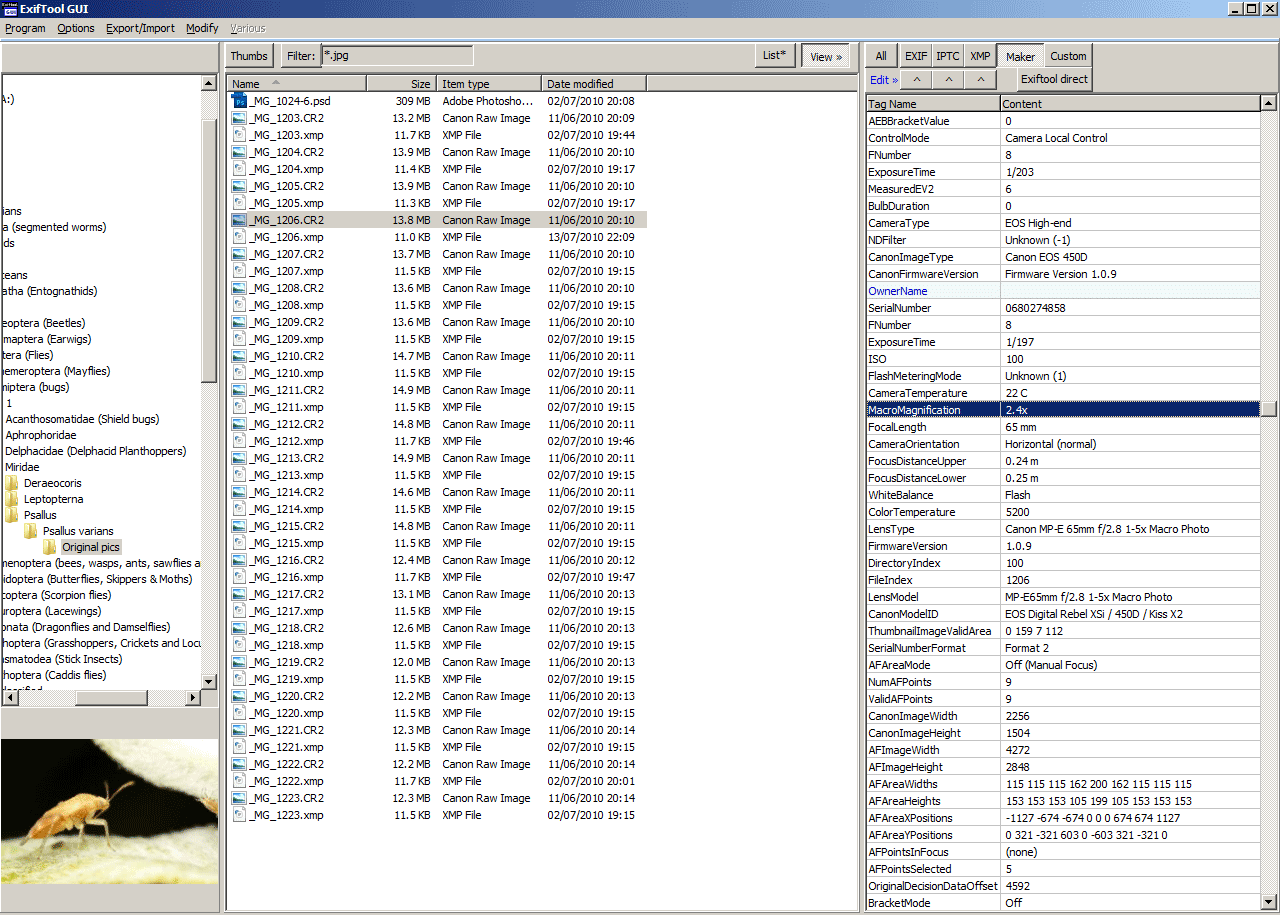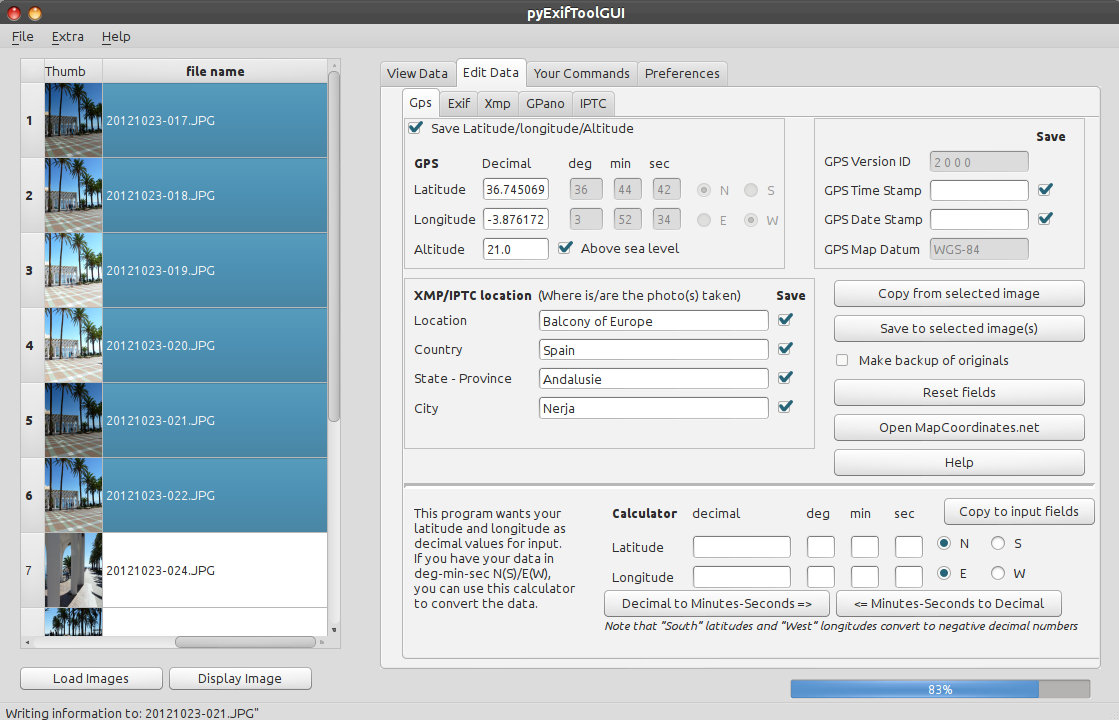


I used node-exiftool with these settings added in package. This answer is included for completeness, for those of us who need exiftool in an electron app for both Mac and Windows: The Universal version of SetEXIFData runs on macOS 10.10 or higher. Since I never found a way to get exiftool-vendored to work with electron on Mac, I accepted the above answer, as essentially a warning to steer clear of exiftool-vendored for electron on Mac. SetEXIFData uses ExifTool to write most wanted EXIF data into an image or movie. _dirname at runtime from within an asar package after webpacking will be invalid, so don't rely on that. Many things won't work due to a lack of node compatibility within electron. I typically move the photos to directory /usr and have the output displayed in the Terminal window. If you're requiring exiftool-vendored from within a webview, you're gonna have a bad time. The ExifTool application is installed in directory /usr/bin. SmartUnpack might work, but if it doesn't use a pattern like node_modules//**/*. Note that this package will spawn exiftool external processes, which means the and exiftool-vendored.exe packages should be included in your asarUnpack. If you're still anxious to try, here are some things to keep in mind: Although PhotoStructure uses this package within electron, there's a nontrivial amount of auxiliary support code specific to that project to make it work smoothly. Metadata before importing the images into Photos.You should take a look at what the docs say about making it work with Electron: How do you make this work with electron?Įlectron is notoriously brittle and buggy, and is not officially supported by this package. Photos (OSX 10.10.3 and later) will let you modify existing location metadataīut not add location data to an image. GeoTag source code is available on github ĭon’t see a feature you want? Know how to code? Grab the code and dig in. One hopes that the year 2034 limitĪ change log for earlier versions can be found on the history page. This is a limitation of how GeoTag, ExifTool,Īnd macOS libraries handle date and time.

Ignore jpg/jpeg files that are part of a raw+jpg pair. Provided for those who know they always have backups of all their images and Updated in 4.15Īdd a do not backup option to program preferences. Drag the GeoTag application into your Applications folder. Version 4.15 download Requires macOS 10.13 or later. App compiled for both intel and Apple Silicon Macs. The same (free) app that is available via the following download link is also available in the Mac App Store.

GeoTag 4.15 available from this site in dmg form GeoTag Operating Instructions GeoTag 4.15 available in the Mac App Store


 0 kommentar(er)
0 kommentar(er)
